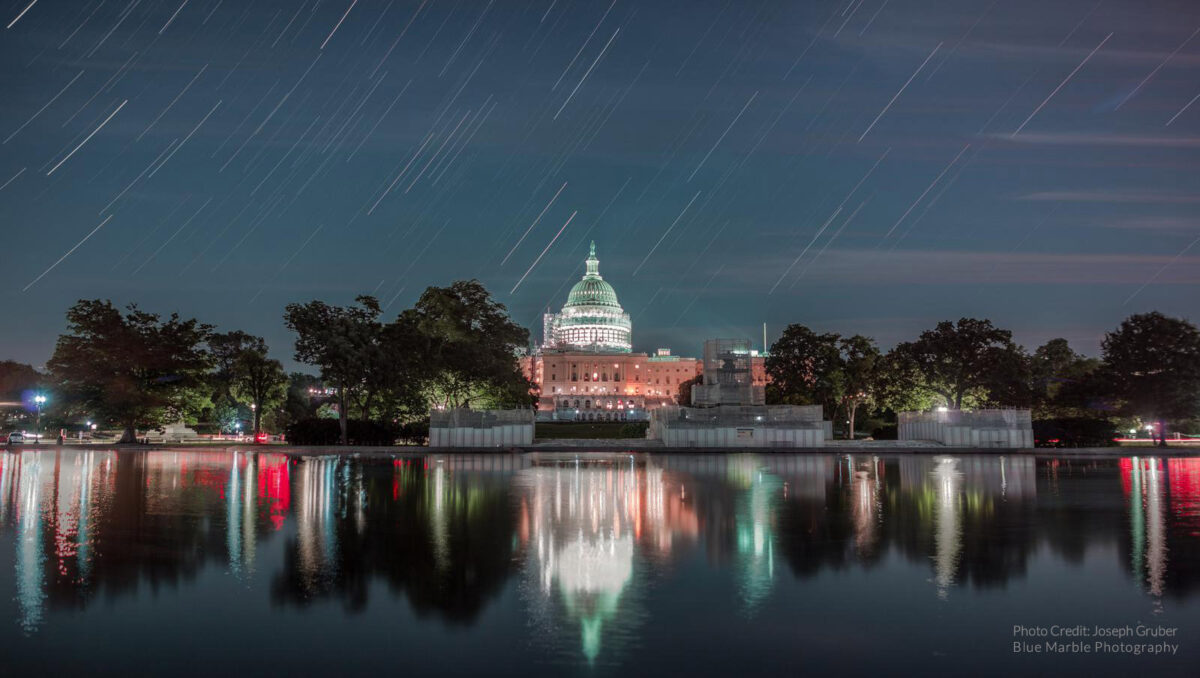The Space Advocate • Jul 13, 2022
The Space Advocate Newsletter, July 2022
From the Chief Advocate

JWST’s breathtaking (awe-inspiring? numinous?...words fail me) first pictures are the defining moment of success for a once-beleaguered project. Even though we all knew it launched safely, deployed as planned, and had fully calibrated its instrumentation, it took the release of these pictures to prove without a doubt that all the effort and money and time was worth it. These images are a literal revelation — the Cosmos speaking to us with a new degree of clarity.
These images come at a critical period for astronomy. The field’s latest decadal survey recommended that NASA build a “super Hubble” — a space telescope large enough to systematically survey the atmospheres of hundreds of Earth-like exoplanets. It will likely take 20 years and cost at least as much as JWST. But the decision to build it has not yet been made. JWST’s images may help push this project forward.
To put it another way: nothing succeeds like success.
The Hubble Space Telescope endured a similar tortured development period, which cost billions of additional dollars and was delayed by years. And its “spherical aberration” mirror flaw made NASA a punchline for years in the early 1990s. But NASA fixed the Hubble and it became the most recognizable and successful science project in NASA’s history.
Thirty years later, who still clings angrily to Hubble's cost overruns? Or continues to hammer NASA for launching with the mirror flaw? I posit no one litigates those old controversies. The success of Hubble outshined its flaws.
The same will happen with JWST. As more and more stunning imagery of the cosmos is released and more scientific discoveries are made, the unpleasant memories of its development will fade.
Recall that, in 2011, the NASA funding committee in the U.S. House of Representatives proposed to cancel JWST for its budget overruns. Imagine if they had done so. Would saving a few billion dollars over the past ten years — a period when the U.S. spent 48 trillion dollars — have fundamentally changed any financial balance of the nation? Of course not. And if that cancellation had gone through, humanity would still lack the tools to probe the cosmos in the infrared — there was no easy replacement for this capability.
We should never take this for granted, and the scientific and engineering teams behind JWST deserve so much credit for their endurance, hard work, and tenacity over the past 20 years. Let’s funnel this sense of awe and wonder into the future, and use it to remind ourselves of what humanity can do when given the resources and commitment necessary to explore the cosmos.
Until next time,
Casey Dreier
Chief Advocate
The Planetary Society
Space Policy Highlights

NASA sees JWST success helping win agency support and funding (spacenews.com) "The James Webb Space Telescope, once an albatross around the neck of NASA, has become a symbol of the agency’s capabilities and potentially a tool to win support and funding for other programs...Nelson reiterated than enthusiasm talking with reporters "The president says to me last night, 'Hey, Bill, do you need any money?’ I said, 'Mr. President, I could use a little help'"

The years and billions spent on the James Webb telescope? Worth it. (washingtonpost.com) "The more we can see the scale of the universe — the innumerable heavens and countless earths — the smaller our part in it feels. Smaller, yet more precious. For the farther we see, the humbler we become, and the fruit of humility is gratitude."

NASA Inspector General slams Bechtel on Mobile Launcher 2 (spacepolicyonline.com) "NASA's Office of Inspector General issued a harsh assessment on the contract to build a second Mobile Launcher for NASA’s Space Launch System rocket. Mobile Launcher 2 is required for the more capable version of SLS NASA needs to execute the Artemis lunar program, but the cost has more than doubled and it will be at least 2.5 years late. The scathing report has been much anticipated since the head of NASA himself excoriated Bechtel in congressional testimony and expressed eagerness to see the OIG’s take on what went wrong."

NASA is putting together a research team to study UFOs (theverge.com) "NASA says that studying UAP sightings does align with the space agency’s interests, even though aliens are unlikely to be the source of any UAPs. Discerning between UAPs caused by natural phenomena or perhaps some kind of technology is crucial for one of NASA’s less well-known goals: protecting air safety."
Planetary Radio: Space Policy Edition

Pathfinder and the Birth of the Discovery Program
It’s the 25th anniversary of the Pathfinder Mars mission and Sojourner, the first rover on the Red Planet. Historian Michael Neufeld joins the show to put this path-blazing mission in context as the start of NASA’s low-cost Discovery mission line. There have been 12 Discovery missions over the past 25 years, with two Venus missions now in development. Why did Discovery succeed when other attempts to reign in costs failed? What drove NASA’s readiness to experiment with new ways of building spacecraft? And how did an embarrassing loss for JPL push the lab to change its approach to planetary exploration? We’ll answer these and other questions as we explore the history of one of NASA’s most successful programs.


 Explore Worlds
Explore Worlds Find Life
Find Life Defend Earth
Defend Earth

